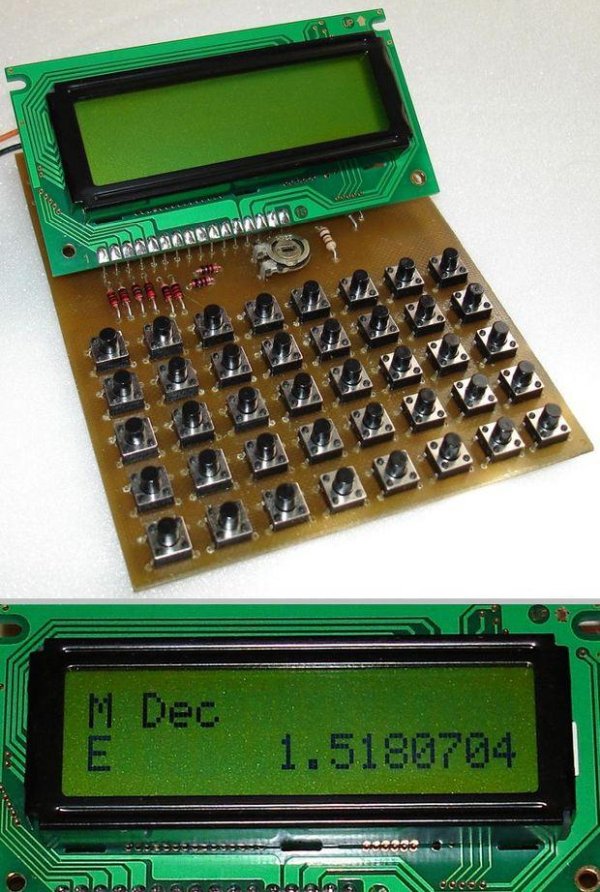

But for higher resolution, the disc is usually divided into many more segments (often in concentric rings) with two or more sensors.Īgain, an appropriate arrangement of rotor pattern and sensor position can provide the quadrature output that characterizes incremental encoders. Like the magnetic encoder, the simplest configuration might use just one sensor and have one half of the disc transparent and the other half opaque. Optical encoders use a rotor disc made of plastic or glass that is patterned with transparent and opaque areas that can be detected as the disc rotates between a light source and a photodetector. The second sensor makes it possible to not only detect the direction of rotation but also to interpolate the absolute position of the shaft. A magnetic rotary encoder comprises two poles and two sensors. For example, 1024 positions (or 10-bit resolution) can be achieved with four sensors and 128 poles.ġ. Greater resolution is achieved by increasing the number of magnetic poles around the rotor and by having more sensors. For incremental encoders, the sinusoidal outputs from the sensors are converted to square waves so the resulting quadrature waveforms can only be encoded to one of four possible angular positions. With a second sensor, set 90° apart from the first and therefore generating a cosine output, it becomes possible to not only detect the direction of rotation but also to interpolate the absolute position of the shaft from the sine and cosine signals (Fig. Such a device would produce a sine wave output with a frequency equal to the rotational speed of the shaft. The simplest configuration would have a single magnet, with its north and south poles on opposite edges of the rotor, and a single sensor. A typical construction uses magnets placed around the edge of a rotor disc attached to a shaft and positioned so the sensor detects changes in the magnetic field as the alternating poles of the magnet pass over it. Magnetic encoders use a combination of permanent magnets and magnetic sensors to detect movement and position. Or, it could measure the position of a rudder on a boat to ensure it corresponds to the setting at the helm.

So in automotive throttle controls, a second encoder is likely to measure engine speed (rpm) to control fuel injection and engine timing to achieve the desired acceleration. Many systems feature encoders that close the loop on an HMI input. In MMI applications, encoders invariably are used as part of a feedback control system, where they count spindle revolutions or monitor speed. A less obvious but increasingly popular use is in control lever or pedal assemblies, replacing mechanical cables or rod linkages, e.g., automotive throttle control. In HMI applications, encoders often are encountered in panel controls, where they are commonly regarded as the digital version of a potentiometer. Encoders essentially provide one of two functions, enabling a human machine interface (HMI) or a machine-to-machine interface (MMI). The applications for encoders are extremely wide-ranging, including consumer, automotive, industrial, and medical. Encoders also can be classified by the sensor technology employed, which may use mechanical contacts or, more likely these days, contactless optical or magnetic sensors. All other applications can use an incremental encoder. In application, absolute encoders are required if a particular setting must be recognized and available after the system powers down.



 0 kommentar(er)
0 kommentar(er)
